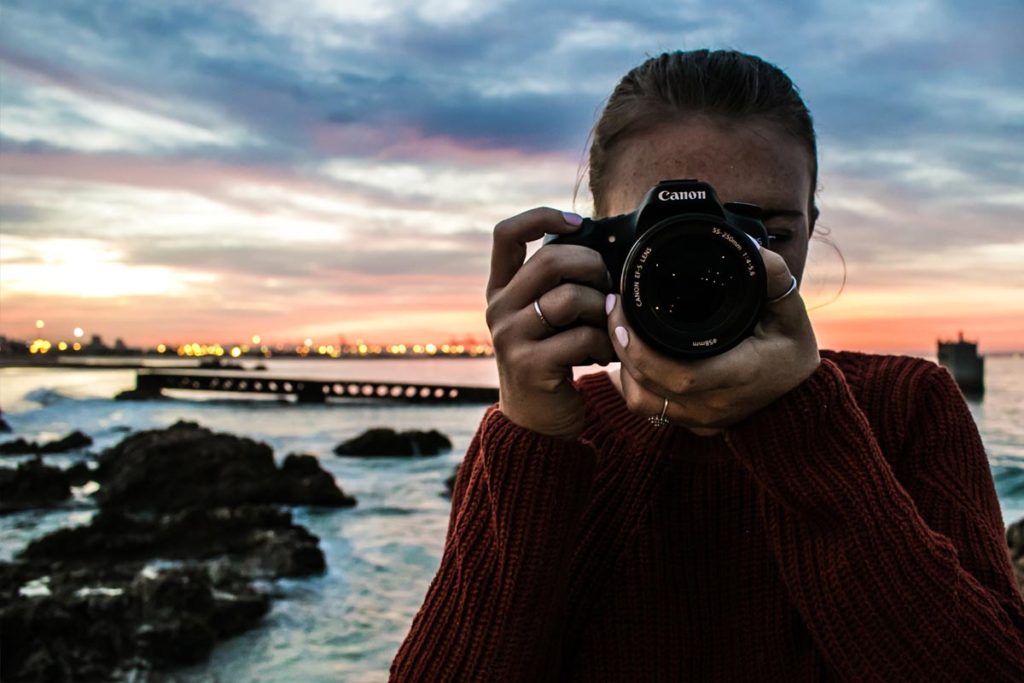I remember buying my first DSLR camera. The excitement was too much to contain and I kept thinking how I ought to get the best camera in the game. Like any other newbie photographer, I sought my answers from a local retailer. And like most entry level photographers I got a camera full of buttons and knobs I could hardly understand. Buying a camera isn’t just about its price. It’s more of getting a device that will work towards your goal which in this stage is learning as much as you can about photography. It is also about thinking ahead. Will this camera advance with you or will you need to upgrade every few months (hello bankruptcy)? These are some of the questions you ought to ask yourself when deciding what camera to go with among the many available on the market today. For more, stay tuned.
First DSLR Camera Tip #1
Budget

DSLR cameras come with a varied price with high-end cameras going for as high as $ 15000. Being your first camera, having a decent entry level camera will do just fine. The over the top features in high-end cameras are best suited for professional and enthusiast. My advice would be to go for an entry level camera ranging between $500 and $700. This allows you to know the different camera settings and have decent photos without being too confusing. With time, you will add lenses depending on the type of photography you venture in. speaking of lenses…
First DSLR Camera Tip #2
Think Accessories

In most cases, committing to a specific brand of a camera means that you will be required to buy accessories from that line. More so, lenses. For entry level photography, the kit lens that comes with the camera will do for the first couple of months as you learn the ropes. However, with time, you will need to advance depending on your subject matter.
Other accessories that you will use in your camera include the camera bag and the memory card. While investing in a camera, think of the features and how you are going to accessorize it. The safest bet is to go for a camera that allows you to change lenses. This way, you will have the flexibility of venturing into many kinds of photography.
First DSLR Camera Tip #3
The Battle Of The Brands

As I said, there are so many camera brands available today it’s confusing. From experience, I have realized that when dealing with delicate and expensive devices, the safest bet is to go with the top brands. These are likely to stick around for a long time hence replacements and accessories will be easily available. Besides, such brands usually come with great warranties and are durable enough to withstand the tough outdoor experience. Nikon and Canon cameras are quite popular and have some excellent entry level cameras such as the Nikon D3400 and Canon EOS 800D. Sony and Olympus cameras are often a good substitute to Canon and Nikon but in some cases may be a challenge to accessories.
First DSLR Camera Tip #4
What’s Your End Game?

What exactly do you want a camera for? Is it for school? Travel? Sports photography or just general photography. For instance, if you are buying a camera for traveling, you want it to be light and fast. Unfortunately, most entry level photographers don’t usually know what they want out of a camera. In this case, you are just testing the waters. Going for a camera with many modes other than manual mode will be the best option. The lenses should also be changeable (for future use) and also go for a camera with a viewfinder.
First DSLR Camera Tip #5
The Features Your Camera Brings To The Table

No matter your level of experience, great image quality is of utmost importance. To facilitate this, there are some features you ought to consider having in your camera.
The sensor size. The sensor records the image displayed in the viewfinder and directly affects the image quality especially when the image is magnified. Normally, the larger the sensor the clearer the image and of course, the pricier the camera. Most entry level cameras usually come with crop sensors which are small compared to high-end full frame sensors.
Megapixels. While the sensor is the most important part in determining the clarity of your images, your camera’s megapixels are important. A good camera, should have 7 megapixels and up. This will give great sharpness to your images.
Video recording capabilities. If you are going to need video recording, you should probably make sure your camera comes with great qualities. Most entry level cameras can record in HD 1080p or 720p.
Anti-shake capabilities. Unless you want to spend extra cash buying an anti-shake lens, ensure your camera has these capabilities. They come in handy when you cannot use a tripod and you want to keep your camera steady during shots.
Camera modes and editing capabilities. The common camera modes such as Aperture and shutter priority as well as manual modes are a must have n every camera. However, for convenience, go for extra modes such as Panorama, Night, Landscape and Intelligent Auto among others.
Last bit of advice.
Buying your first DSLR doesn’t have to give you a sleepless night. It also doesn’t have to cost an arm and a leg. Simply know what you want out of your camera and ensure it comes with all the necessary features. When it comes to financial matters, you can always go for second-hand cameras. They usually come at an affordable price and some are barely used. You may even get some lenses at an affordable price. Just make sure you examine it physically and even get to test it. The same goes for new cameras too.


Comments are closed.